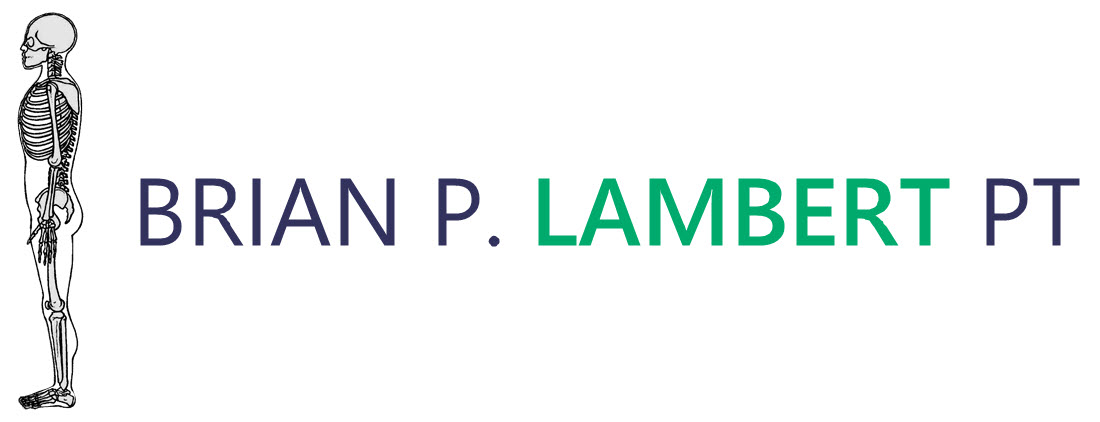Patient No. 4: Low Back Pain
A 35-year-old gentleman had been suffering with low back pain for several years. He was generally better in the morning than in the evening. Three or four hours of sitting would give him severe pain. He was beginning to have intermittent leg symptoms. Yard and housework would trigger severe bouts of back pain that would last for several days. He had been through other conservative treatments including anti-inflammatory medication, muscle relaxants, extension exercises, and even an epidural injection. His initial assessment revealed fairly poor posture with protraction of the head and neck and there was a moderate increase in the forward bend to the thoracic spine. His low back tended to be flat despite his continued good compliance with his extension exercises. Trunk range of motion was fairly good with mild pain at the extremes of motion. He was very unsteady with single leg balance exercises, indicating weakness in the hip musculature. Moderate mechanical problems were found in the spine and the pelvis. Very poor strength and recruitment was found in the supportive musculature in the trunk and the pelvis. The piriformis musculature, deep in the buttock, was found to be very tight.
During the patient's initial session mechanical problems were treated with manual therapy. He was instructed in basic low back and postural exercises.
The patient noted substantial improvement after his first week. We were able to upgrade several of the exercises. Manual therapy was again used to further correct mechanical problems in the pelvis and trunk. The patient's third visit was three weeks after his initial session. He noted some soreness in the buttock musculature and we were able to upgrade his exercises. He was instructed in basic foam roller exercises for improving motion in the thoracic spine.
The patient's final visit was four weeks after his initial session. He was happy to report complete resolution of his back pain. His posture had substantially improved and he demonstrated very good recruitment and strength in the supportive musculature throughout the trunk and the pelvis. We concluded our session with and overview of upper body exercises and the patient was discharged.
I have spoken with this patient several times during the past year and he continues to do well. He notes that if he slacks off on his exercises he will experience some return of his pain. The pain will go away when he resumes his exercises.
